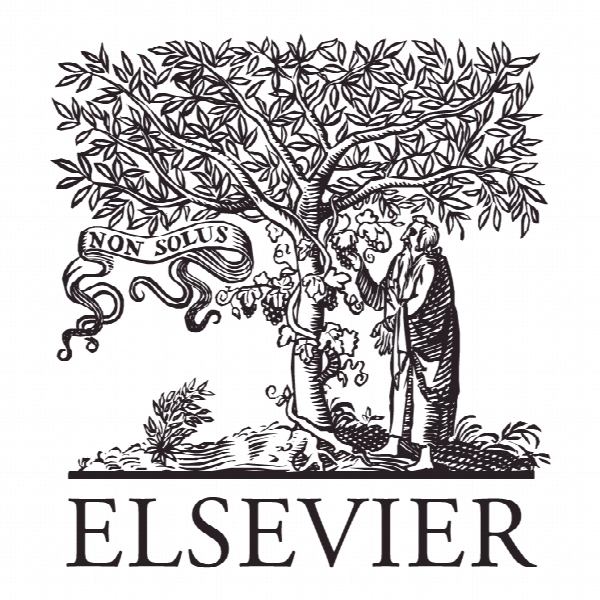تأثیر اجرای اینترنت اشیا در عملکرد شرکت The impact of Internet of things implementation on firm performance
- نوع فایل : کتاب
- زبان : انگلیسی
- ناشر : Elsevier
- چاپ و سال / کشور: 2018
توضیحات
رشته های مرتبط مدیریت، حسابداری، مهندسی فناوری اطلاعات
گرایش های مرتبط مدیریت کسب و کار، مدیریت عملکرد، مدیریت فناوری اطلاعات، اینترنت و شبکه های گسترده
مجله تلماتیک و انفورماتیک – Telematics and Informatics
دانشگاه Division of Gastroenterology – Dalin Tzu Chi Hospital – China
شناسه دیجیتال – doi https://doi.org/10.1016/j.tele.2018.07.007
منتشر شده در نشریه الزویر
کلمات کلیدی انگلیسی Business value of information technology; IoT implementation; Firm performance; Market value; Accounting-based measurement
گرایش های مرتبط مدیریت کسب و کار، مدیریت عملکرد، مدیریت فناوری اطلاعات، اینترنت و شبکه های گسترده
مجله تلماتیک و انفورماتیک – Telematics and Informatics
دانشگاه Division of Gastroenterology – Dalin Tzu Chi Hospital – China
شناسه دیجیتال – doi https://doi.org/10.1016/j.tele.2018.07.007
منتشر شده در نشریه الزویر
کلمات کلیدی انگلیسی Business value of information technology; IoT implementation; Firm performance; Market value; Accounting-based measurement
Description
1. Introduction With the advance of information technology (IT), it has been able to transform the capability of organizations and industries into competitive advantages. The issue of firms investing in IT has received increasing attention in recent years (Carr, 2003; Rettig, 2007). Managers and operators have long evaluated the value of IT and hoped that their investments in IT would generate paybacks; we call this idea the business value of IT (BVIT). The term BVIT is commonly used to refer to the impacts of the organizational performance of IT, including productivity enhancement, profitability improvement, cost reduction, competitive advantage, inventory reduction, and other measures for performance (Kauffman and Kriebel, 1988; Hitt and Brynjolfsson, 1996; Devaraj and Kohli, 2003). Many scholars have investigated BVIT related issues in order to figure out their benefits. For example, Dos Santos et al. (1993) focused on the announcements of IT investments and innovative IT investments. Hitt and Brynjolfsson (1996) used three measures to investigate the relationship between IT stock and profitability ratios. Bharadwaj (2000) used a resource-based perspective to study IT capability and firm performance. Hitt et al. (2002) studied the business impact of enterprise resource planning and productivity measures. Overall, the ultimate goal of these studies has been to understand whether IT can help companies to increase productivity. The research methods usually use a famous production function, Cobb-Douglas, to estimate the profitability of enterprises through some indicators, and adopt Tobin’s q (Brainard and Tobin, 1968) to calculate the market value. In recent years, Internet of Things (IoT) has become the most popular topic in several industries. IoT is not just the biggest buzz words in enterprises but is also a developing trend, a proven strategy, and an innovative technology. Ashton (2009) firstly proposed the concept of IoT and described IoT as uniquely identifiable interconnected objects with radio-frequency identification (RFID) technology, which have potential for changing the world. Pretz (2013) has indicated that IoT is a things-connected network, where things are wirelessly connected via smart sensors, which interact without human intervention. Some preliminary IoT applications have already been developed in healthcare, transportation, home appliances, and automotive industries (He et al., 2014; Joshi and Kim, 2008; Pretz, 2013). There are five essential technologies of IoT: RFID, wireless sensor networks (WSN), middleware, cloud computing, and IoT application software. IoT technologies have also been widely used in several industries; for example, IoT can improve logistics and supply chain efficiency by providing information that is more detailed and up-to-date (Flügel and Gehrmann, 2009).


